Den of Wolves is a first-person heist shooter by 10 Chambers, a studio made up of Payday and GTFO alumni who had helped define this unique genre. Heist shooters have occupied somewhat of a niche among other types of multiplayer shooters, possibly due to their nature requiring random players to consistently communicate and execute plans together as opposed to merely shooting enemies. Den of Wolves has learned substantially from Payday and GTFO, and as such, managed to alleviate many of the frictions typically encountered by those who dip into the genre.
Game Rant sat down with 10 Chambers co-founder Simon Viklund—also serving as Den of Wolves‘ audio director and composer—to discuss the game’s fresh approach to the genre. He spoke about how Den of Wolves has made teaming up more accessible and less frustrating, along with how its unique narrative-based heists and trademark “dive” scenarios add significant depth and consistent pacing to gameplay. This interview has been edited for brevity and clarity.
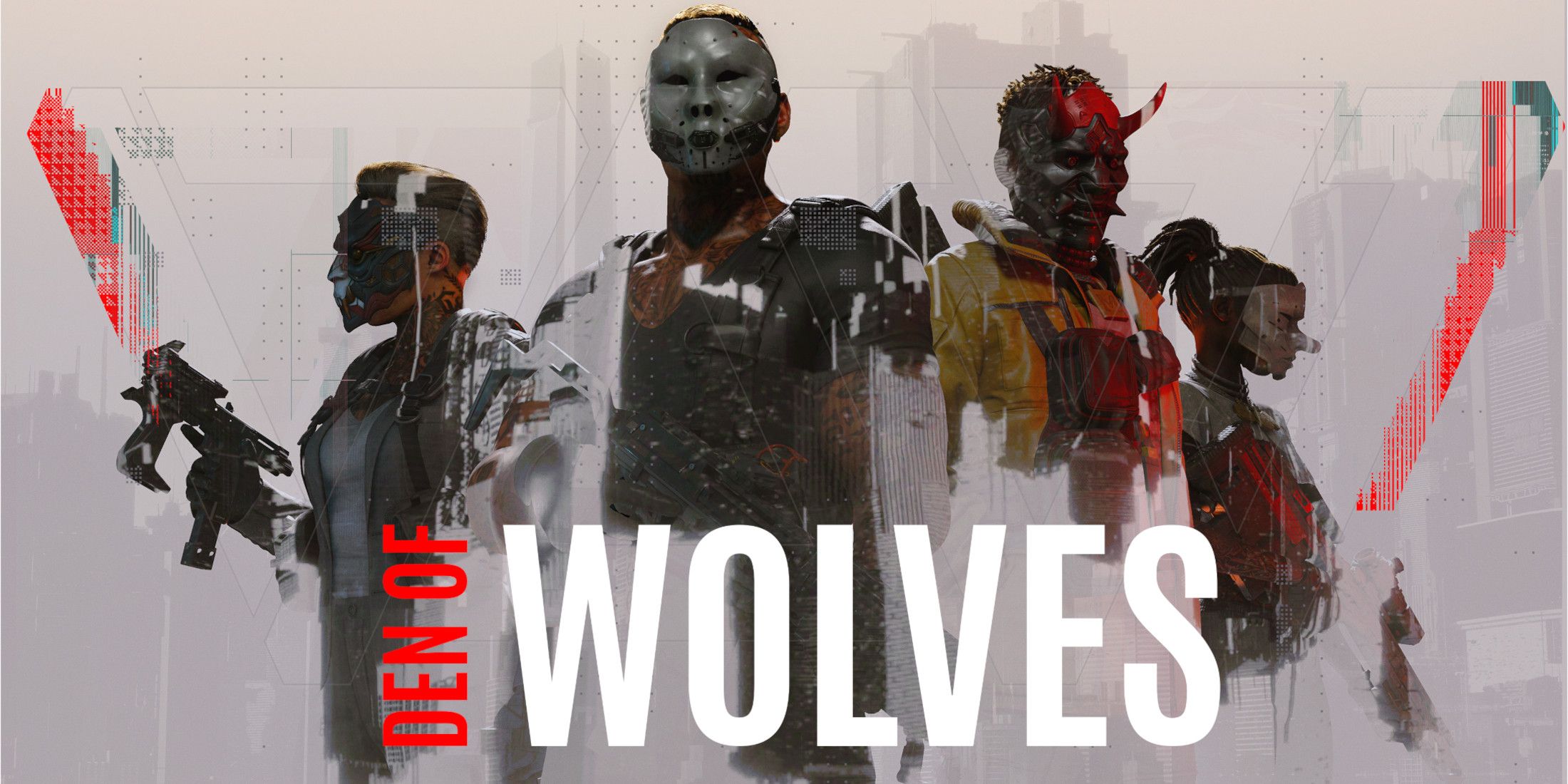
Related
Den of Wolves Hands-On Preview
Game Rant tries a few heists in Den of Wolves, the upcoming cooperative heist game from the developers behind Payday and GTFO.
Q: The team has worked on Payday and GTFO in the past. What were some things you wanted to bring over from those titles, or maybe not bring over?
A: There’s just so much. It’s very complicated. Again, so many components I could talk about. We’re proud of what we did with Payday. Payday 2 became huge, selling 2.5 million copies, despite being such a hardcore game. That was mind-blowing to us. But yeah, we feel like we know what we’re doing. This genre of games is our wheelhouse.
With every new game, it’s about looking at the concept and asking: Where can we evolve it? Where can we polish things? How can we improve the formula? One thing that didn’t work in Payday was making choices in a first-person shooter setting.
For example, you spawn in front of a bank, and one player says, “Okay, let’s go through the front door,” while another says, “No, let’s go through the back.” Meanwhile, a third player is already climbing onto the roof, saying, “I’m going in from up here.” There are so many different ways to approach it, and you have to decide in real time how to execute the heist. Then, if someone drops into the game mid-mission, they ask, “So, what’s the plan?” And now you have to explain everything because there are so many different ways in—it’s like Swiss cheese. The options are nice, but you don’t want to spend your Friday evening convincing people to follow your plan.
With Den of Wolves, we’re moving that decision-making into the loadout phase. The planning happens before the mission starts, just like it would in real life. That includes choosing the entry point, deciding what tools and resources to bring, and setting up the escape plan. You’re ticking boxes, selecting a blueprint of the location, and finalizing your strategy before launching the mission.
Using the bank example, if the team decides to enter through the back door, you choose that option, hit launch, and then the version of the map you load into only allows entry through the back door. It simplifies things. So, you still get the variety, but without making those decisions in the middle of a first-person shooter.
It sounds like you’ve tried to reduce a lot of the friction in these games.
If someone joins mid-game, they don’t have to ask what’s going on because the game guides them with waypoints, objectives, and instructions in their own language. It helps bridge the gap when playing with randoms—they can just naturally fall in line with the plan rather than disrupting it.
That was one of the weird things in Payday—the inability to regain control after being discovered. I haven’t played much of Payday 3, just the beta, but I know it introduced a system where if you’re caught somewhere you shouldn’t be, you can be escorted out instead of instantly triggering combat. That’s cool, but if you pull a weapon, the alarm goes off, and you’re locked out of stealth for the rest of the mission.
In Den of Wolves, we have more flexibility. The “dive” mechanic lets you temporarily shift away from stealth, engage in combat, and then return to stealth when you come back to reality. Sounds from the dive don’t carry over into the real world, so you don’t have to worry about breaking stealth permanently. It’s a tool for us to play with tension and drama.
On top of that, the game takes place in a futuristic city with massive mega-structures—buildings that contain hospitals, grocery stores, schools, residential areas, and more. Missions aren’t confined to a single floor or area; you might step into an elevator and move between different sections, from slums to penthouses, or even blast through a gang hideout into a hospital. Everything is structured so that security forces in one part of the building aren’t necessarily in communication with those in another. That means gunfire in one area doesn’t automatically alert the entire map, which allows for more dynamic gameplay.
We’re also making improvements in how players feel like masterminds. In Payday, you often feel like you’re taking orders from Bane. In Den of Wolves, we want players to feel like they made the plan. The person on the radio isn’t your boss—they’re just reinforcing your decisions and helping execute your heist.
From GTFO, we’ve learned a lot about storytelling. One problem in GTFO was that the story unfolded during gameplay. If one player was reading a log or an email on a terminal, the rest of the team was stuck waiting by a door that required all four players to advance. That created unnecessary friction.
For Den of Wolves, we’re handling storytelling differently. Players can dive into lore at their own pace in the menu rather than having exposition dumps during missions. We’re also avoiding long, unskippable cutscenes or downtime, like a 90-second elevator ride filled with forced dialogue. Instead, story elements are woven naturally into the game, so players who care about the lore can explore it, while those who just want to play aren’t forced to sit through it.
Another big improvement is how we handle playing with randoms. In Payday 2, playing with randoms could be a nightmare because it was easy for them to ruin a heist. In Den of Wolves, you can allow random players to join your game, but they’ll only be “guns for hire.” They can’t interfere with objectives or make key decisions—they’re just there to protect you. That way, they don’t take away the experience of executing your plan.
The goal is to create a streamlined experience where players can easily cooperate, regardless of skill level or language barriers. Every aspect of the game is designed to foster a positive community where people can just jump in, have fun, and work together smoothly.
Q: You mentioned that this is the team’s dream game. What makes up that dream game to you?
A: That’s a question for Ulf mainly, but anything that comes closer to Blade Runner. GTFO is set in the future, but it doesn’t really require futuristic gear. With this game, we’re creating a world that leans into that cyberpunk, high-tech aesthetic.
I know he loves The Fifth Element—I do too—but that’s more out there, more comedic and weird. That’s not the tone we’re going for, but it does share some DNA in terms of massive mega-structures, layered cityscapes, and air traffic weaving through skyscrapers.
For us, Den of Wolves is about refining the formula—taking what we’ve learned, ironing out the kinks, and perfecting the experience. Ultimately, we’re making games that we want to play. It’s a passion project in that sense, a game that exists because we genuinely enjoy creating and playing in this world.
Decisions Matter in Den of Wolves
Q: I didn’t experience it in the preview, so can you talk about the decision-making aspect when it comes to jobs and how players will decide which to take?
A: I think most people play Payday like, “Let’s do the bank,” and then you just do the bank. I don’t know how many players actually go for the multi-day heists, where you piece together different missions—like cooking meth in Rats or dealing with the getaway van getting intercepted, forcing an extra escape mission. Those sequences were loosely connected, but it was still very much a step-by-step structure: mission one, two, three, and then you’re done.
For Den of Wolves, we want to tell a deeper story while giving players real agency. We call it a storyline—our term for a campaign—because it emphasizes that storytelling is a core focus. It’s about choices that actually matter.
For example, say your next mission is to gather intel. You could track down a scientist from a lab working on a secret project. But instead of just raiding the facility, maybe you decide to extract information straight from their mind. You’ll have options: Scientist #1, #2, or #3—each in different parts of the city. The moment you go after one, the other two go underground, cutting off those leads.
Your choices also have lasting consequences. If you attack a particular company early in the storyline, any future missions involving their properties will have increased security. It creates ripple effects that force you to think ahead.
Let’s say you’re stuck on a difficult mission. Instead of just retrying over and over, you could take a side mission to acquire a drone or spider bot, a one-time-use tool that helps tilt the odds in your favor when you go back. That flexibility makes the experience feel dynamic and strategic.
Then, when you finally reach the big heist—the culmination of all the intel gathering, security infiltration, and supply acquisition—it carries real weight. You’ve invested time and effort, so the climax matters.
We also want to break people out of the grind-loop meta, where players in Payday 2 would just farm a single mission repeatedly because it was the fastest way to get rewards. That kind of playstyle isn’t about the experience; it’s just about watching the XP bar fill up. With Den of Wolves, we’re designing the game to encourage variety—different approaches, different maps, different gear—so it stays fresh and engaging.
Our goal is to create something more sophisticated and complex, a game that challenges you to think and adapt, rather than just repeat the same heist endlessly.
Q: What was something about the game that you felt was particularly important to get right?
A: For me, it was the music and struggling with impostor syndrome. “Can I do it again?” A lot of it feels like, “I did music in Payday—can I do it again?” It needs to be new and fresh. I can’t just repeat myself.
Obviously, this game is also a power fantasy. In the past, my approach was that music should make you feel badass. So I thought, “Should it be guitars? Rock elements? Or should it be electronic?” I experimented a lot, trying to find the right balance.
What I landed on is electronic music, but with more of a trap and hip-hop tempo, mixed with some drum and bass influences, too.
Q: I’d love to talk more about the music. What was your approach to its dynamics, and how does it change along with the gameplay?
A: It makes songwriting ten times harder. The music in Den of Wolves is much more responsive than in Payday. In Payday, you don’t really control the music—it’s more on a timer. It shifts between lull periods and assault waves, depending on the difficulty. If you play on a harder setting, the lulls are shorter, the assault waves last longer, but as a player, you don’t directly influence it.
In Den of Wolves, the music reacts to what you’re doing. If you’re outnumbering enemies, the beat becomes more confident—something you can nod your head to. If you’re being ambushed and outnumbered, the music might feel more jarring. The goal is to match the emotions players go through during a session and emphasize them.
There’s chaotic, stressful music, but also heavy, deliberate, hip-hop-influenced tracks with a lot of attitude. There’s tension music, and I’m working with the programmers to create a system that dynamically responds to things like player health, enemy numbers, and other gameplay elements. The challenge is making those transitions smooth so they don’t feel jarring, so they just work without the player consciously noticing.
What I’ve found is that you can get away with more than you’d think because players are focused on surviving, and the music sits in the background. But I’m setting the bar high—I want it to be tight.
Even though I’m the audio director, the team is great. They don’t need me much outside of coaching and nudging them in the right direction occasionally. But with the music, that’s where I feel like—yeah, I need to nail this.
Q: Was there a moment during development when you tried an idea and it didn’t go as planned?
A: The development process is very experimental, which is one of the reasons we love using Unity. It lets us quickly prototype and test different ideas—whether it’s enemy types, combat mechanics, weapons, or level design tricks. We can piece things together, try them out, and see what works.
If something clicks, we iterate on it and refine it. But if something goes horribly wrong? Well, it’s hard to say upfront whether it’s an idea that just won’t work or something that can be salvaged with the right adjustments.
Stealth and Combat in Den of Wolves
Q: What was your approach to the ebb and flow of stealth and intense combat?
A: You don’t want to create a game where the rules end up limiting you, like saying, “Every heist must have a stealth option,” or “There must be ten different ways to get into the vault.” That just forces you into a situation where you come up with seven good ideas, but then have to force three more that might not be as strong. Instead, it’s better to keep things flexible, let them be floating values—some heists might have more options, others fewer, depending on the context.
It’s about being opportunistic. If we come up with something that makes sense—like tracking guard rotations so you can hit during a shift change—it should feel meaningful. We don’t want actions to be shallow, like just running up to the vault, holding a button to place explosives, and boom, you’re in. If drilling is an option, it shouldn’t just be another button-hold mechanic—it should actually impact gameplay. Maybe explosives attract more guards, while drilling is quieter but takes longer, giving players a real choice between speed and stealth.
The goal is to make every decision matter. If one option saves time, it should come with higher risks. If another takes longer, it should require endurance and planning. It’s all about balancing trade-offs to make the gameplay engaging.
That applies to pacing as well. We don’t want to impose rigid rules on game design—like saying every heist or prep mission must have a stealth option—because sometimes that just wouldn’t make sense. Some missions are pure smash-and-grab, and that’s okay.
We need to stay flexible and opportunistic. If stealth fits naturally and we come up with a cool way to make it work, we’ll add it. But it shouldn’t be a forced requirement. Otherwise, we end up limiting ourselves, spending so much time making sure every map meets an unnecessary standard that we end up with fewer maps overall. It’s better to have a larger variety of missions, even if some are more straightforward, rather than fewer missions with overcomplicated designs.
Not every level needs to have a dozen ways to complete it.
A: You just want the right amount of variety. Then there’s also the option where, at the end of the storyline, you have the heist and the prep missions leading up to it. But you don’t have to play every prep mission. If a prep mission unlocks a method of attacking the vault or escaping the heist that you’re not interested in using, you can skip it.
This gives players the flexibility to not play every mission—they can choose what fits their style. And they can always replay the storyline to try a different approach. It adds great replayability.
[END]
Source link
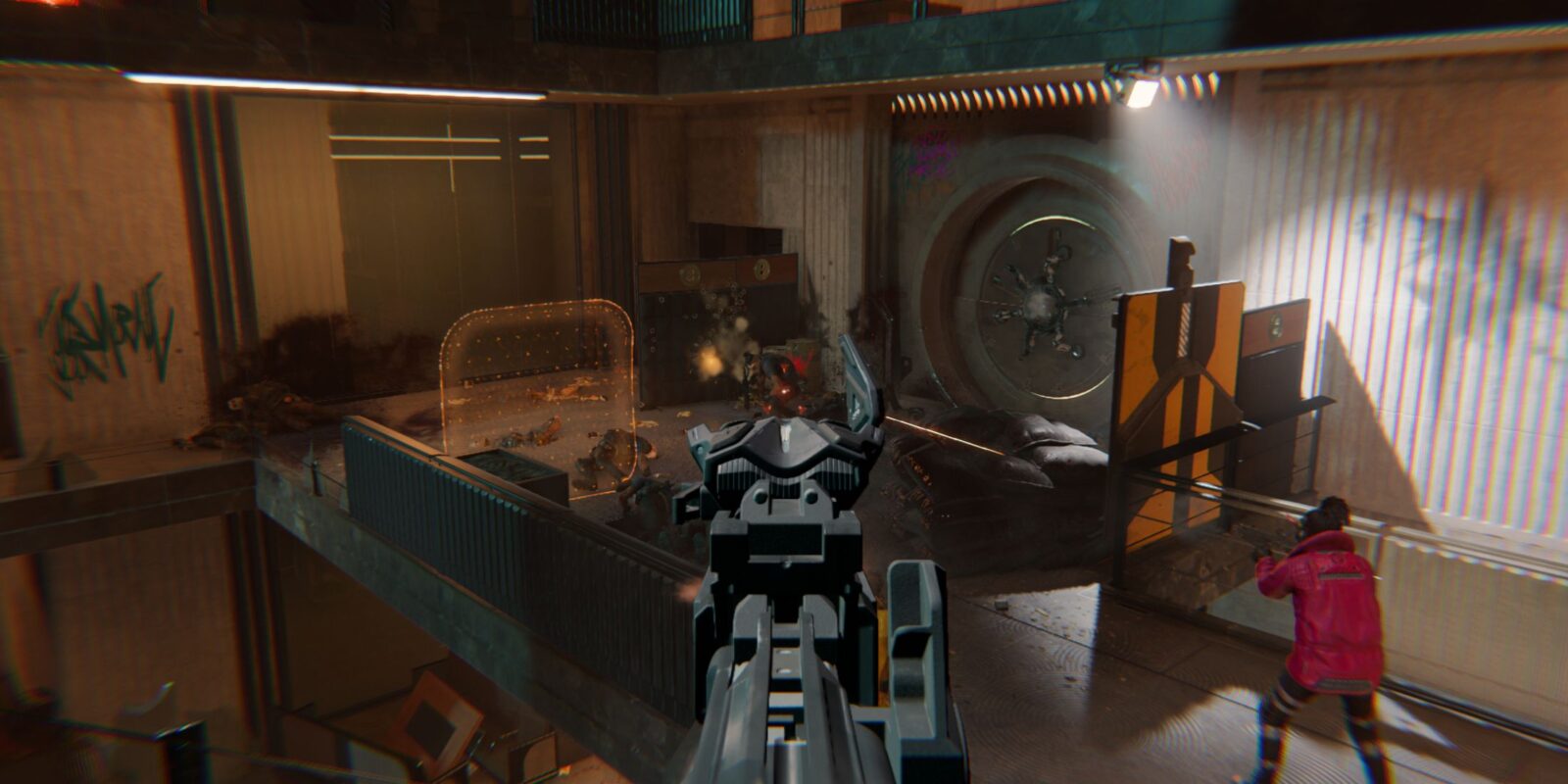
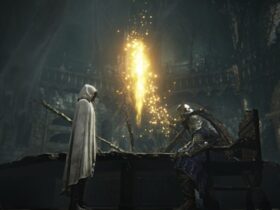



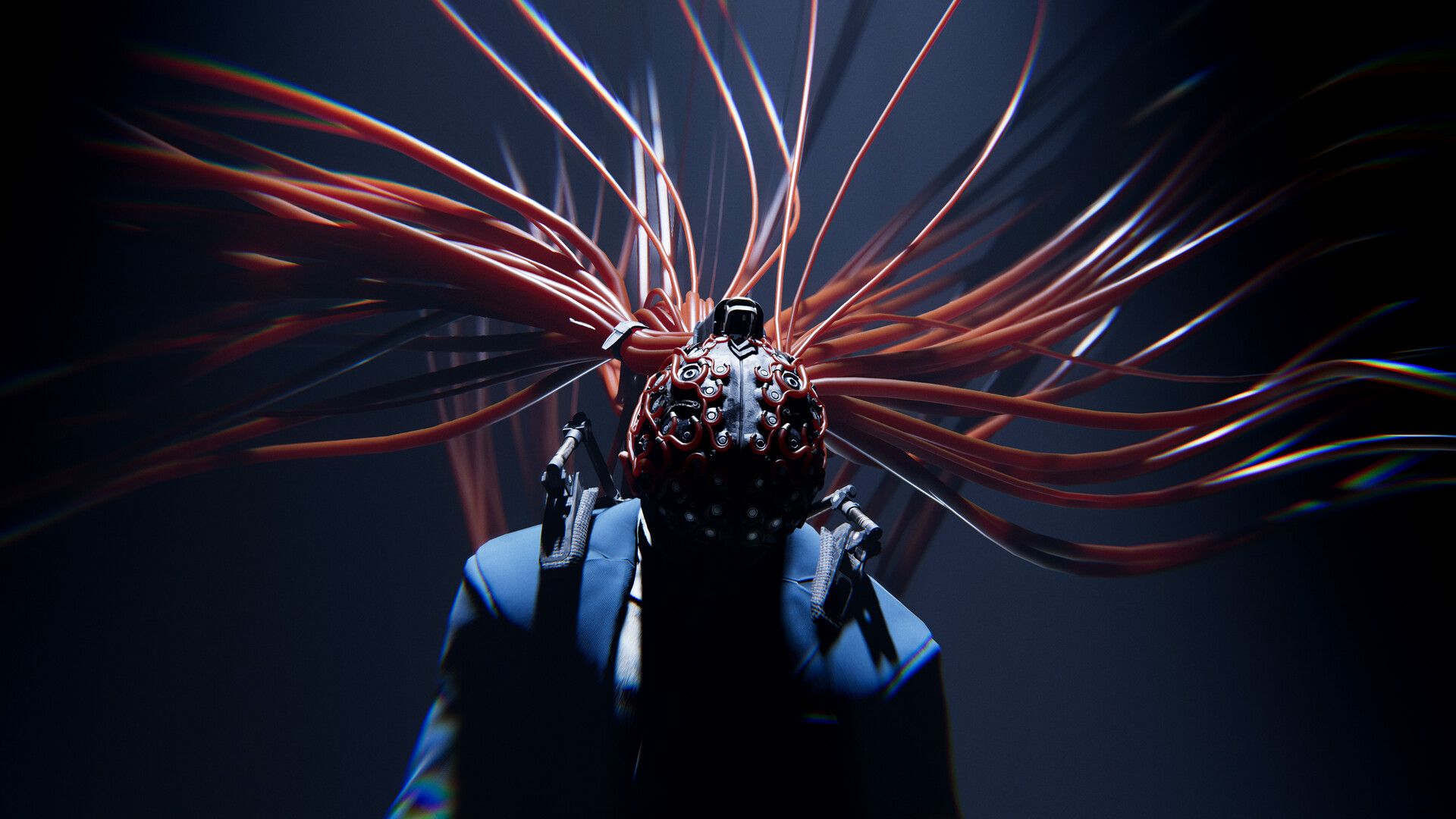

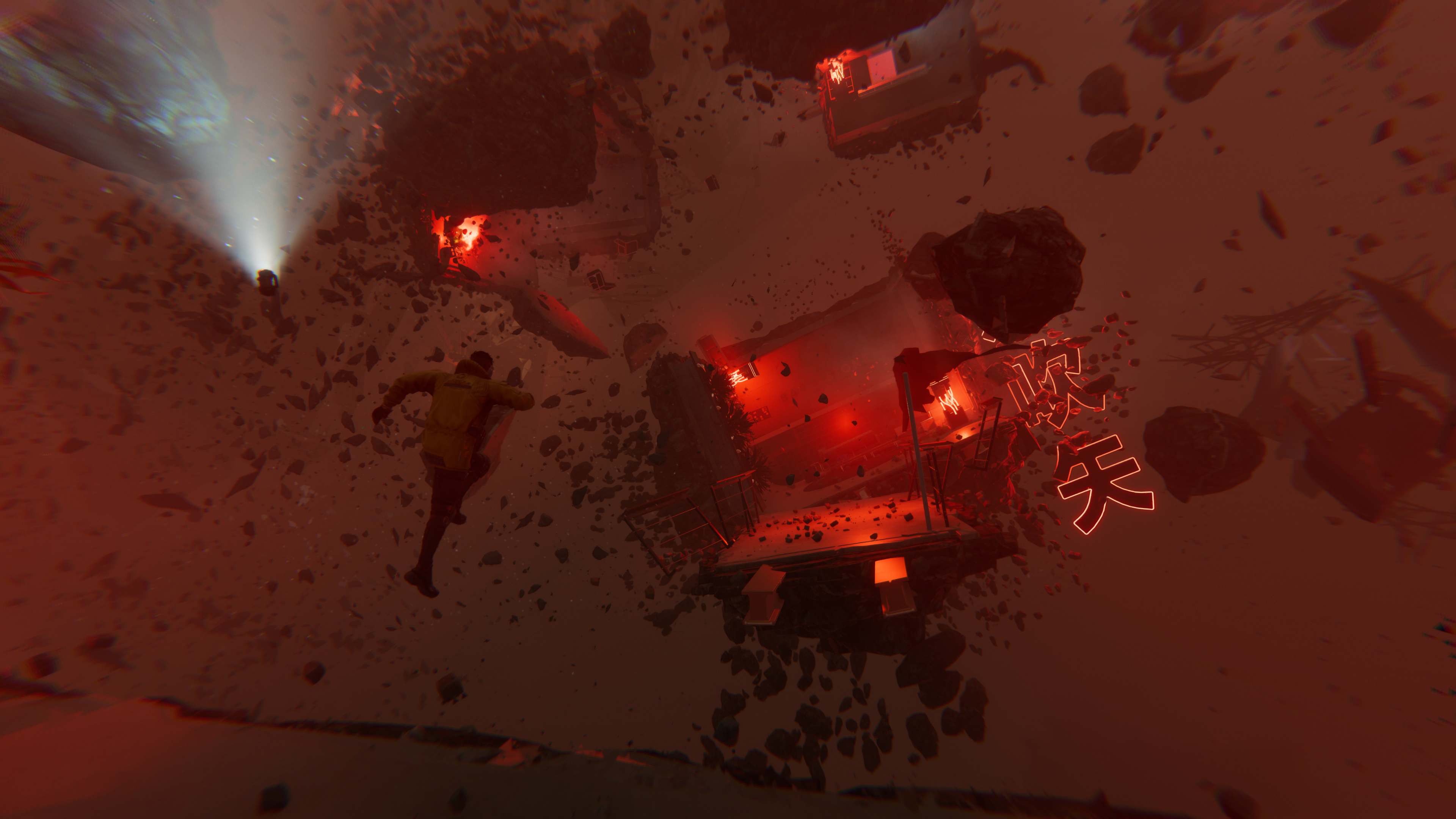













Leave a Reply